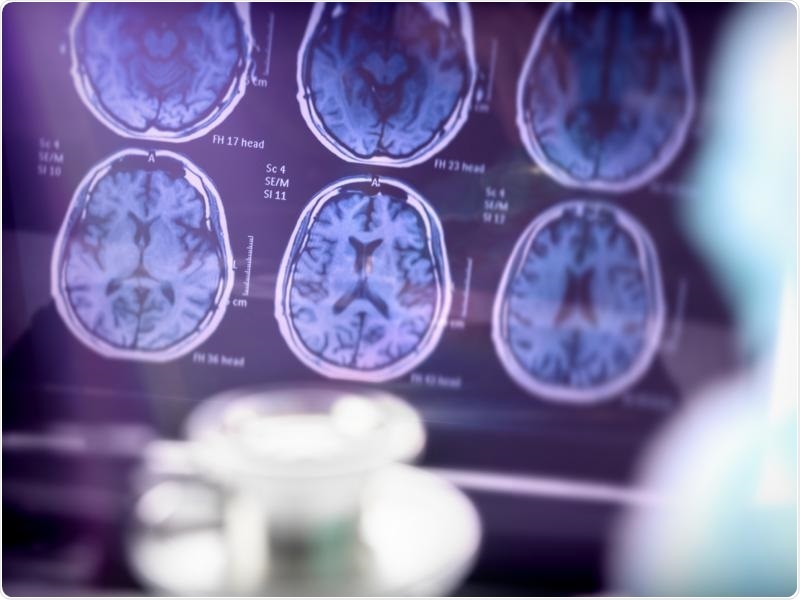Reviewed by Danielle Ellis, B.Sc.Feb 14 2022
According to research published in PLOS Genetics, the brain’s capacity to clear a protein closely associated with Alzheimer’s disease is tied to the circadian cycle. The research highlights the significance of healthy sleep habits in inhibiting the protein Amyloid-Beta 42 (AB42) against forming clumps in the brain and thereby opens a way to prospective Alzheimer’s treatments.

Image Credit: Rensselaer Polytechnic Institute
Circadian regulation of immune cells plays a role in the intricate relationship between the circadian clock and Alzheimer’s disease. This tells us a healthy sleep pattern might be important to alleviate some of the symptoms in Alzheimer’s disease, and this beneficial effect might be imparted by an immune cell type called macrophages/microglia.”
Dr Jennifer Hurley, Associate Professor, Biological Science, Rensselaer Polytechnic Institute
Dr Hurley is also an expert in circadian rhythms.
The study was conducted at the Rensselaer Center for Biotechnology and Interdisciplinary Studies, which concentrated on neurodegenerative diseases. Dr Hurley worked with Rensselaer professors Robert Linhardt, a glycans specialist and discoverer of synthetic heparin, and Chunyu Wang, whose ongoing study has elaborated on many mechanisms in the generation and spread of proteins implicated in Alzheimer’s.
This insight reveals a new mechanism and path to treatment of neurodegenerative diseases like Alzheimer’s through an interdisciplinary approach, and is emblematic of the CBIS strength in research and discovery and provides a new angle to human health and well-being.”
Dr Deepak Vashishth PhD, Director, Center for Biotechnology and Interdisciplinary Studies, Rensselaer Polytechnic Institute
The circadian system consists of a core set of clock proteins that predict the day/night cycle by producing daily oscillations in the enzymes’ and hormones’ level, eventually impacting biological parameters such as the immune response and body temperature. Disturbance of the circadian system is greatly linked with diseases like cancer, diabetes, and Alzheimer’s.
Plaques—a tell-tale sign of Alzheimer’s disease—are extracellular clumps of AB42 present in the brain. Macrophages (known as microglia while they live in the brain), which are immune cells that search and kill unwanted material, clear AB42 from the brain by consuming it in a mechanism called phagocytosis.
In earlier research, Dr Hurley and collaborators at the Royal College of Surgeons in Ireland examined circadian control of macrophages, building an extensive dataset that helped to see which proteins and macrophage RNA oscillate with a circadian rhythm.
The researchers observed oscillations in enzymes that aid in making two proteins on the surface of macrophage cells—heparan sulfate proteoglycan and chondroitin sulfate proteoglycan. These proteins are known to participate in regulating AB42 clearance.
Can these cell surface proteoglycans be an association between Alzheimer’s and the circadian system? The research team demonstrate that the amount of AB42 consumed by healthy macrophages oscillates with a daily circadian rhythm, in a series of experiments verifying this theory. The same pattern did not happen in macrophages without a circadian clock.
The team also quantified daily oscillations in the levels of chondroitin sulfate proteoglycans and heparan sulfate proteoglycans formed on the macrophage cells’ surface with healthy circadian cycles. Peak AB42 clearance happened as the formation of surface cell proteoglycans was at its least level, and elimination of these proteoglycans improved consumption, which proposes that the proteoglycans hinder AB42 clearance.
What’s clear is that this is all timed by the circadian clock. When there’s a lot of these cell surface proteoglycans, the macrophages don’t ingest the AB42. We’re not certain why that would be, but there is definitely a relationship.”
Jennifer Hurley, Associate Professor, Biological Science, Rensselaer Polytechnic Institute
The association could be employed to develop treatments that would support better AB42 clearance, possibly by increasing the amplitude of daily oscillations, which usually diminish as people grow older.
“In theory, if we could boost that rhythm, perhaps we could increase the clearance of AB42 and prevent damage to the brain,” concluded Dr Hurley.
Source:
Journal reference:
Clark, G. T., et al. (2022) Circadian control of heparan sulfate levels times phagocytosis of amyloid beta aggregates. PLOS Genetics doi.org/10.1371/journal.pgen.1009994.